Product Description
Doll's Eye
The Doll's Eye also known as White Baneberry, Actaea pachypoda, is a herbaceous perennial plant that can reach 2 feet in height. It has toothed bipinnate compound leaves. White dense raceme flowers grow in Springtime. The different fruit of this plant is where it gets its name from Doll's Eye. The small white fruit has a black dot in the middle making it appear as an eye. The fruit blooms most all Summer long. The Doll's Eye plant including fruit is very poisonous to humans even deadly.
The doll's eye plant, also known as white baneberry, is a flowering plant native to eastern Canada, as well as the Midwestern and the Eastern United States of America.
Growing this plant in its native areas has no negative impact on the local ecosystem. Scientifically known as Actaea pachypoda, these plants are perennial. Thus, they can last more than two years before they need to be replaced. They can grow between 12 to 30 inches tall (30 to 76 centimeters.)
Their flowers are white with a very lacy appearance. One could mistake the petals for pearls dangling from thin ribbons. After pollination, these plants turn red and form their notorious berries. These berries are creamy white with black dots in the center. It is from these white eye-like berries that this plant earned the name "doll's eye" and "white baneberry." These berries are also notable for being toxic to humans. In spite of this, the berries are entirely harmless to birds, who act as this plant's primary seed carrier.
Doll's Eye plants are grown best in wooded areas.
They do best in an untreated soil where there is lots of natural organic matter. It prefers clay-like to loamy soil. They also do best in full shade. Doll's eye also thrives with a consistent water supply and reliable drainage
Doll's Eye USDA Hardiness Zones 4-9
The Doll's Eye is shipped bare root.

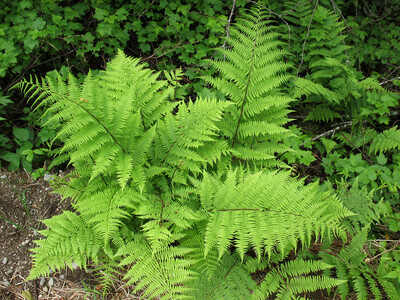 Native Ferns
Native Ferns
 Native Mosses
Native Mosses
 Native Perennials
Native Perennials
 Native Ground Covers
Native Ground Covers
 Native Trees
Native Trees
 Pollinators
Pollinators
 Shop Bloom Color
Shop Bloom Color
 Perennials By Zone
Perennials By Zone
 Medicinal Herb Plants
Medicinal Herb Plants
 Spring Bulbs
Spring Bulbs
 Trillium
Trillium
 Shop By Zone
Shop By Zone
 Flowering Groundcovers
Flowering Groundcovers
 Evergreen Groundcovers
Evergreen Groundcovers
 Ferns for Zone 3
Ferns for Zone 3
 Ferns for Zone 4
Ferns for Zone 4
 Ferns for Zone 5
Ferns for Zone 5
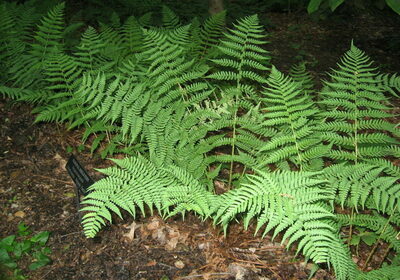 Ferns for Zone 6
Ferns for Zone 6
 Ferns for Zone 7
Ferns for Zone 7
 Ferns for Zone 8
Ferns for Zone 8
 Christmas bows
Christmas bows
 Fresh Wreaths
Fresh Wreaths
 Garlands
Garlands
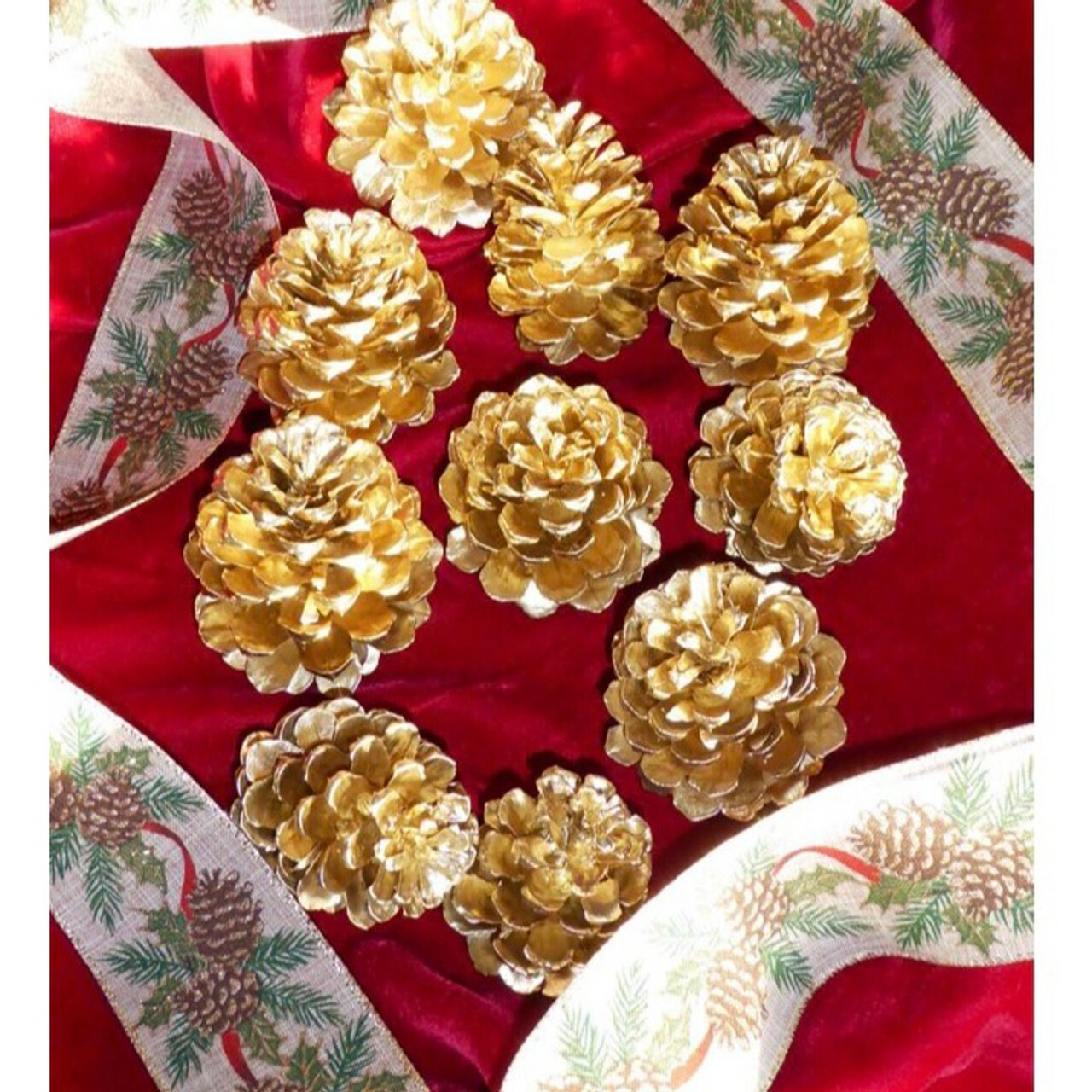 Large Pine Cones
Large Pine Cones
 Live Mistletoe
Live Mistletoe
 Moss
Moss
 Shop Trees By Zone
Shop Trees By Zone
 Tree Seedlings
Tree Seedlings
 Fast Growing Trees
Fast Growing Trees
 Pine Trees
Pine Trees
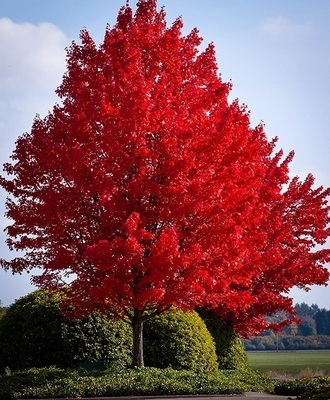 Live Stakes
Live Stakes
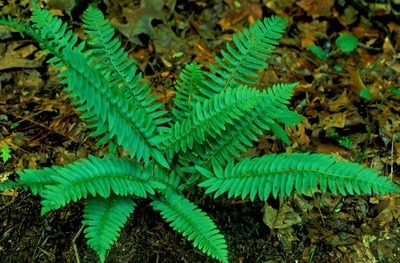 Evergreens
Evergreens
 Cactus
Cactus
 Combos
Combos
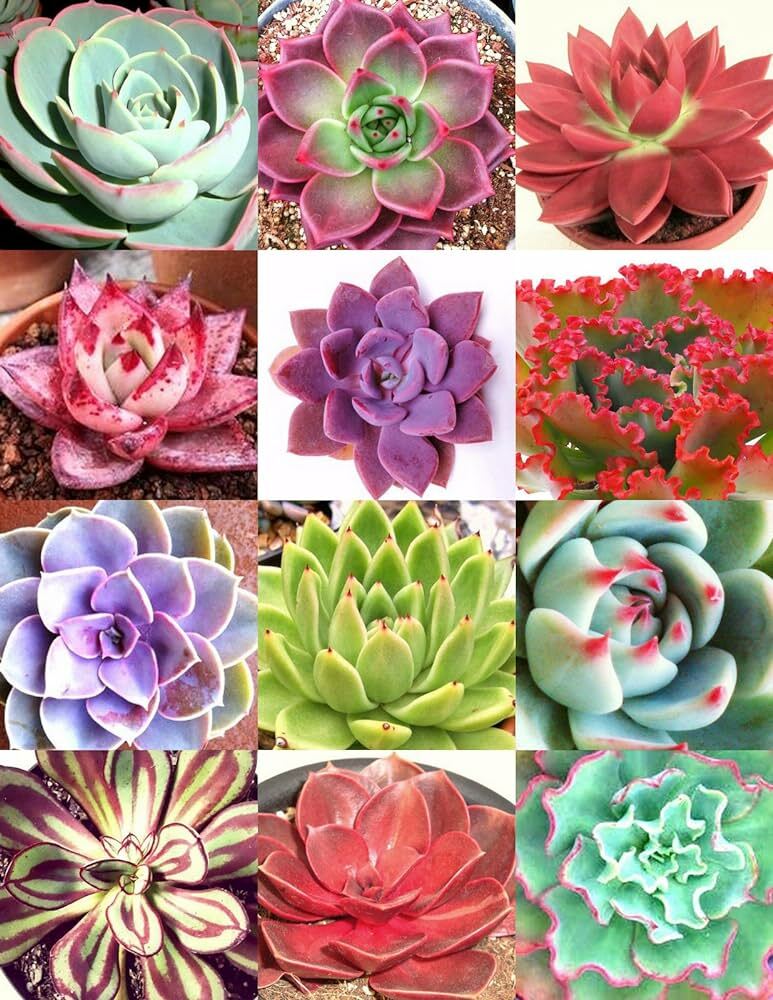 Echeveria
Echeveria
 Haworthia
Haworthia
 Sedum - Stonecrop
Sedum - Stonecrop



